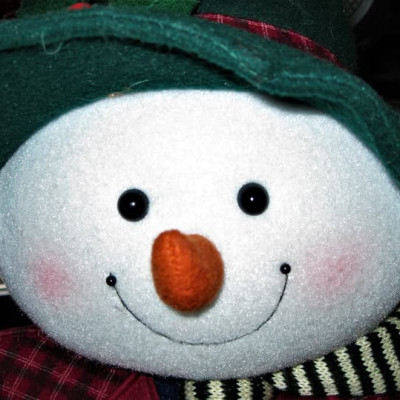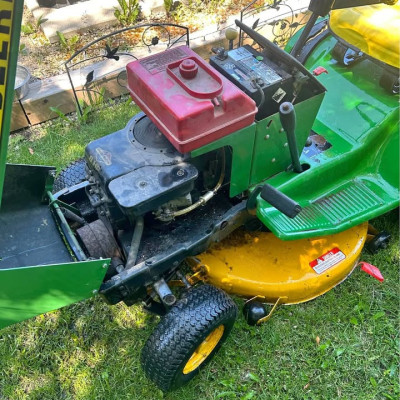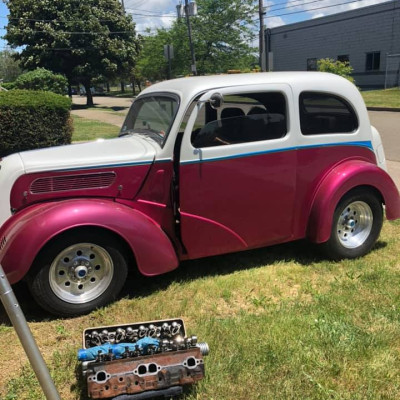Beautiful Henna Designs: Intricate Patterns and Inspirations
Henna designs, also known as mehndi, have been a part of cultural traditions for centuries, celebrated for their intricate patterns and rich symbolism. Whether you're preparing for a special occasion or simply want to adorn your hands with beautiful art, henna offers endless possibilities for creativity and expression. In this article, we'll explore some stunning henna designs, delve into their meanings, and provide inspiration for your next henna masterpiece.
#### The Art of Henna
**1. A Brief History**
Henna, derived from the Lawsonia inermis plant, has been used for thousands of years in various cultures, particularly in South Asia, the Middle East, and North Africa. The dye, which is made from the leaves of the plant, is applied to the skin to create temporary, beautiful designs. Traditionally, henna is used in celebrations such as weddings, festivals, and religious ceremonies, symbolizing joy, beauty, and prosperity.
**2. The Application Process**
Henna is typically applied using a cone or a fine-tipped applicator. The paste is made from ground henna leaves mixed with water, lemon juice, and essential oils. Once applied to the skin, the paste dries and leaves a reddish-brown stain that lasts for several weeks. The richness and longevity of the color depend on the quality of the henna and the care taken after application.
#### Stunning Henna Design Ideas
**1. Traditional Indian Patterns**
Traditional Indian henna designs are known for their elaborate patterns and detailed motifs. These designs often include elements like paisleys, flowers, and peacocks. Intricate mandalas and symmetrical patterns are common, making them perfect for weddings and festive occasions.
- **Mughal Art Influence* Designs inspired by Mughal art feature delicate florals and geometric shapes.
- **Bridal Mehndi* Extensive and detailed designs that cover the entire hands and feet, often incorporating the names of the bride and groom.
**2. Modern Minimalist Designs**
For those who prefer a more contemporary look, modern henna designs offer a minimalist approach with clean lines and simple patterns. These designs often feature geometric shapes, single-line illustrations, and subtle accents.
- **Geometric Patterns* Triangles, diamonds, and lines arranged in a modern, artistic fashion.
- **Single-Line Designs* Minimalistic and elegant, often depicting abstract shapes or simple motifs.
**3. Arabic Henna Designs**
Arabic henna designs are characterized by their bold, flowing patterns and extensive use of space. These designs often include large floral elements, swirls, and paisleys, creating a more relaxed and less intricate look compared to traditional Indian patterns.
- **Bold Florals* Large, central floral motifs with flowing vines.
- **Crescent and Stars* Incorporate celestial motifs for a dreamy effect.
**4. Moroccan Henna Designs**
Moroccan henna designs often feature geometric patterns and intricate detailing. These designs are inspired by traditional Moroccan art and architecture, with a focus on symmetry and precision.
- **Tile Patterns* Designs inspired by Moroccan tilework, featuring repeating geometric shapes.
- **Symbolic Motifs* Elements like the Hand of Fatima (Hamsa) and protective symbols.
**5. Contemporary Fusion Designs**
Contemporary henna art blends traditional motifs with modern aesthetics. This fusion creates unique designs that can be tailored to individual tastes and preferences.
- **Boho Chic* Incorporates elements like dreamcatchers, arrows, and feathers.
- **Abstract Art* Creative interpretations of traditional patterns, combined with modern artistic influences.
#### How to Choose the Perfect Henna Design
**1. Consider the Occasion**
The occasion often dictates the complexity and style of the henna design. For weddings and festivals, opt for detailed and intricate designs, while simpler patterns are perfect for casual or everyday wear.
**2. Reflect Personal Style**
Choose a design that resonates with your personal style and preferences. Whether you prefer traditional motifs or modern aesthetics, the henna design should reflect your individuality.
**3. Think About Placement**
Different designs work better on different areas of the body. For example, larger, more intricate designs are often applied to the hands and feet, while smaller, minimalist designs can be used on the wrists, ankles, or arms.
**4. Consult a Professional**
If you're new to henna or want a particularly detailed design, consider consulting a professional henna artist. They can help you choose the best design and ensure a high-quality application.
#### Aftercare Tips for Henna
**1. Keep the Henna Paste On**
To achieve the darkest color, keep the henna paste on your skin for as long as possible. Avoid washing the area and try to keep it dry.
**2. Avoid Water and Moisture**
After removing the henna paste, avoid exposing the area to water and moisture for at least 24 hours. This helps the dye to fully set and darken.
**3. Moisturize**
Once the henna has set, moisturize the area with natural oils, such as coconut oil or olive oil. This helps to keep the skin hydrated and prolongs the life of the henna stain.
**4. Avoid Scrubbing**
Refrain from scrubbing or using exfoliants on the hennaed area, as this can cause the stain to fade more quickly.
#### Conclusion
Henna designs offer a beautiful and temporary way to adorn your skin with intricate patterns and symbolic meanings. From traditional motifs to modern styles, there’s a henna design to suit every taste and occasion. By choosing the right design and following proper aftercare, you can enjoy stunning henna art that enhances your beauty and expresses your individuality.
---
### Related Articles:
- **Top Trends in Henna Art for 2024**
- **How to Create Your Own Henna Designs at Home**
- **Cultural Significance of Henna Across the World**
---
### Stay Connected!
Subscribe to our newsletter for more beauty tips, henna inspirations, and exclusive content on the latest trends in body art and fashion.
Tycka om
Kommentar
Dela med sig





